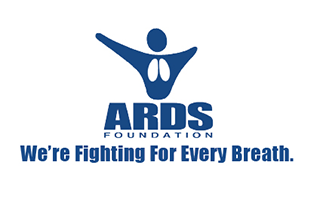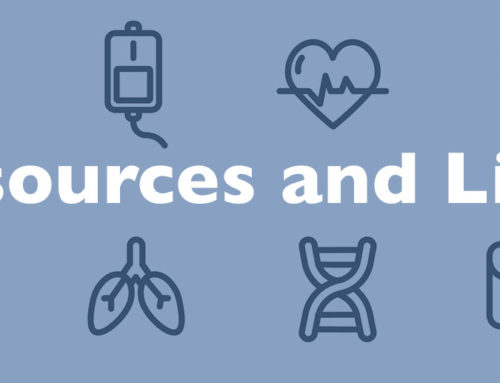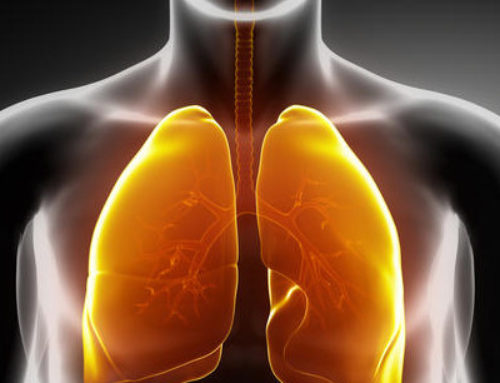Click here to read the full article in The New England Journal of Medicine
One-Year Outcomes in Survivors of the Acute Respiratory Distress Syndrome
Background
As more patients survive the acute respiratory distress syndrome, an understanding of the long-term outcomes of this condition is needed.
Methods
We evaluated 109 survivors of the acute respiratory distress syndrome 3, 6, and 12 months after discharge from the intensive care unit. At each visit, patients were interviewed and underwent a physical examination, pulmonary-function testing, a six-minute–walk test, and a quality-of-life evaluation.
Results
Patients who survived the acute respiratory distress syndrome were young (median age, 45 years) and severely ill (median Acute Physiology, Age, and Chronic Health Evaluation score, 23) and had a long stay in the intensive care unit (median, 25 days). Patients had lost 18 percent of their base-line body weight by the time they were discharged from the intensive care unit and stated that muscle weakness and fatigue were the reasons for their functional limitation. Lung volume and spirometric measurements were normal by 6 months, but carbon monoxide diffusion capacity remained low throughout the 12-month follow-up. No patients required supplemental oxygen at 12 months, but 6 percent of patients had arterial oxygen saturation values below 88 percent during exercise. The median score for the physical role domain of the Medical Outcomes Study 36-item Short-Form General Health Survey (a health-related quality-of-life measure) increased from 0 at 3 months to 25 at 12 months (score in the normal population, 84). The distance walked in six minutes increased from a median of 281 m at 3 months to 422 m at 12 months; all values were lower than predicted. The absence of systemic corticosteroid treatment, the absence of illness acquired during the intensive care unit stay, and rapid resolution of lung injury and multiorgan dysfunction were associated with better functional status during the one-year follow-up.
Conclusions
Survivors of the acute respiratory distress syndrome have persistent functional disability one year after discharge from the intensive care unit. Most patients have extrapulmonary conditions, with muscle wasting and weakness being most prominent.
A note from Dr. Margaret Herridge, regarding the New England Journal of Medicine Article:
Our group believes that this study offers some good news to ARDS patients and their families. We now understand that patients who have sustained a severe episode of ARDS can achieve good long-term function one year after discharge from the intensive care unit (ICU). It is important to maintain hope and a sense of vision for our most critically ill patients because they can achieve good outcomes.
Our study demonstrates that virtually all ARDS survivors suffer from some degree of muscle wasting and weakness following their ICU stay and that this continues to one year after discharge and perhaps longer. Our group showed that the muscle weakness is associated with treatment with systemic corticosteroids and also associated with the severity of organ dysfunction documented during the ICU period. We believe that this muscle weakness contributes to the compromised functional ability and quality of life reported by ARDS survivors. We hypothesize that the muscle weakness is a result of muscle injury sustained during the episode of critical illness but we need to do further research in this area to understand this more completely.
Most patients who survive ARDS and do not have pre-existing lung disease regain good lung function. Some patients who are thought to have ARDS may have an inflammatory disorder of the lungs known as Bronchiolitis Obliterans Organizing Pneumonia (BOOP). This lung disease is very different from ARDS and can result in permanent scarring and damage to the lungs if not recognized and treated early with systemic corticosteroids.
Many groups around the world are currently studying long-term outcomes in survivors of ARDS. We hope that future work will help us to understand the issues faced by patients and their families- and most importantly- how changes in ICU and post-ICU care can help ARDS survivors achieve the very best possible outcomes.






